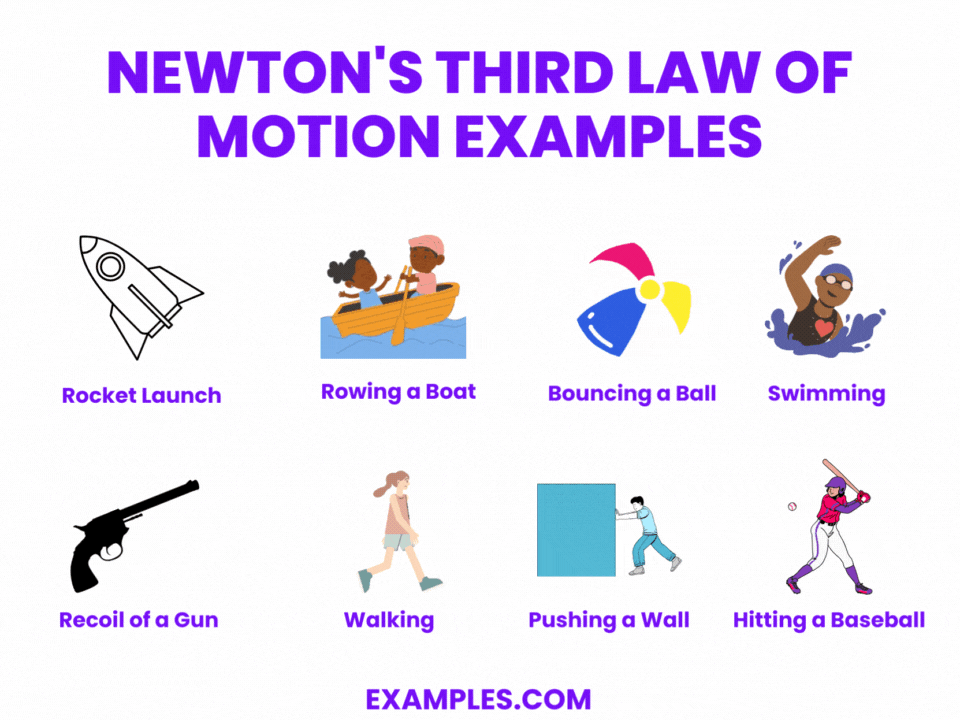Which of the following statements best describes Newton\'s Third Law of Motion?
For every action, there is an equal and opposite reaction.
An object at rest stays at rest unless acted on by a force.
The acceleration of an object depends on the net force acting upon it and the object\'s mass.
The force of gravity acts equally on all masses.










